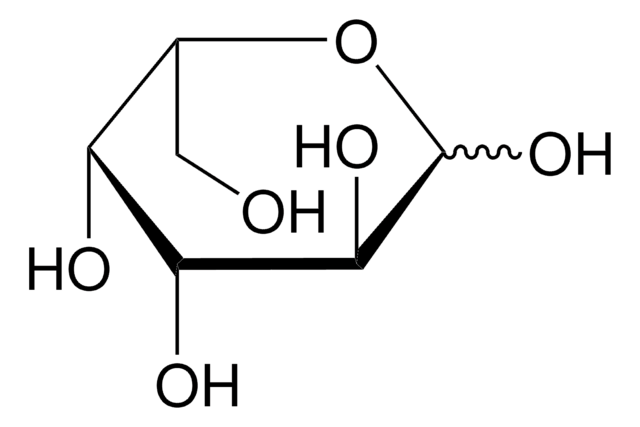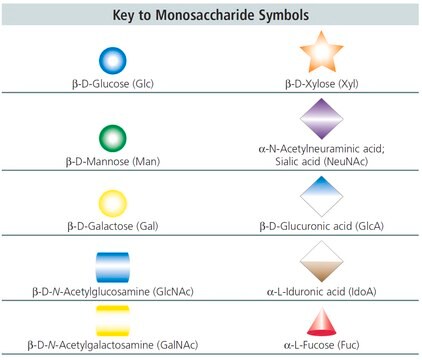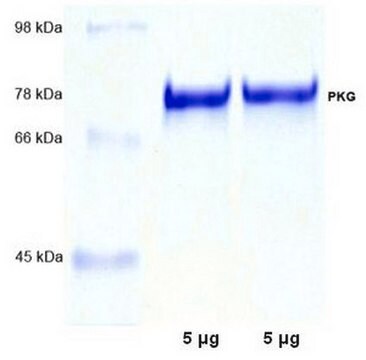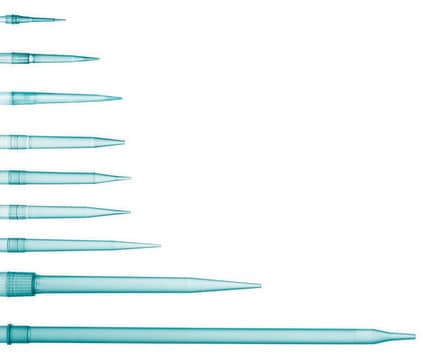539481-M
PKA, Catalytic Subunit, Mouse, Recombinant, E. coli
Synonim(y):
cAMP-Dependent Protein Kinase, Catalytic Subunit, Protein Kinase A, Catalytic Subunit
Zaloguj sięWyświetlanie cen organizacyjnych i kontraktowych
About This Item
Polecane produkty
Formularz
liquid
Poziom jakości
aktywność właściwa
≥2.5 x 106 U/mL
producent / nazwa handlowa
Calbiochem®
warunki przechowywania
OK to freeze
avoid repeated freeze/thaw cycles
obecność zanieczyszczeń
Phosphatases, proteases, none detected
temp. przechowywania
−20°C
Opis ogólny
Recombinant, mouse PKA catalytic subunit expressed in E. coli. The catalytic subunit of protein kinase A that combines with the regulatory subunit, in the absence of cAMP, to form the inactive PKA holoenzyme. Unlike the holoenzyme, the catalytic subunit does not require cAMP for activation. PKA-Cα is reported to potentiate IP3-induced Ca2+ mobilization in isolated hepatocytes. Suitable for studies of PKA phosphorylation in vitro with purified substrates or following the introduction into intact cells or cell extracts.
Ostrzeżenie
Toxicity: Standard Handling (A)
Definicja jednostki
One unit is defined as the amount of enzyme that will transfer 1.0 pmol phosphate to Kemptide (LRRASLG; Cat. No. 05-23-4900) per min at 30°C, pH 7.5.
Postać fizyczna
In 50 mM NaCl, 20 mM Tris-HCl, 1 mM EDTA, 2 mM DTT, 50% glycerol, pH 7.5.
Rekonstytucja
Following initial thaw, aliquot and freeze (-20°C).
Inne uwagi
Grant, B.D., and Adams, J.A. 1996. Biochemistry35, 2022.
Lee, S-L. and Steinberg, R.A. 1996. J. Biol. Chem.271, 16553.
Adams, J.A., et al. 1995. Biochemistry 34, 2447.
Bosma, M.M., et al. 1993. J. Neurosci.13, 5242.
Brindle, P., et al. 1993. Nature364, 821.
Hajnoczky, G., et al. 1993. Biochem. J.293, 413.
Sculptoreanu, A., et al. 1993. Proc. Natl. Acad. Sci. USA90, 10135.
Wang, L-Y., et al. 1993. Science259, 1173.
Slice, L.W., and Taylor, S.S. 1989. J. Biol. Chem.264, 20940.
Uhler, M.D., et al. 1986. Proc. Natl. Acad. Sci. USA83, 1300.
Walsh, D.A., et al. 1968. J. Biol. Chem.243, 3763.
Lee, S-L. and Steinberg, R.A. 1996. J. Biol. Chem.271, 16553.
Adams, J.A., et al. 1995. Biochemistry 34, 2447.
Bosma, M.M., et al. 1993. J. Neurosci.13, 5242.
Brindle, P., et al. 1993. Nature364, 821.
Hajnoczky, G., et al. 1993. Biochem. J.293, 413.
Sculptoreanu, A., et al. 1993. Proc. Natl. Acad. Sci. USA90, 10135.
Wang, L-Y., et al. 1993. Science259, 1173.
Slice, L.W., and Taylor, S.S. 1989. J. Biol. Chem.264, 20940.
Uhler, M.D., et al. 1986. Proc. Natl. Acad. Sci. USA83, 1300.
Walsh, D.A., et al. 1968. J. Biol. Chem.243, 3763.
Informacje prawne
CALBIOCHEM is a registered trademark of Merck KGaA, Darmstadt, Germany
Ta strona może zawierać tekst przetłumaczony maszynowo.
Kod klasy składowania
12 - Non Combustible Liquids
Klasa zagrożenia wodnego (WGK)
WGK 1
Temperatura zapłonu (°F)
Not applicable
Temperatura zapłonu (°C)
Not applicable
Certyfikaty analizy (CoA)
Poszukaj Certyfikaty analizy (CoA), wpisując numer partii/serii produktów. Numery serii i partii można znaleźć na etykiecie produktu po słowach „seria” lub „partia”.
Masz już ten produkt?
Dokumenty związane z niedawno zakupionymi produktami zostały zamieszczone w Bibliotece dokumentów.
Nasz zespół naukowców ma doświadczenie we wszystkich obszarach badań, w tym w naukach przyrodniczych, materiałoznawstwie, syntezie chemicznej, chromatografii, analityce i wielu innych dziedzinach.
Skontaktuj się z zespołem ds. pomocy technicznej








